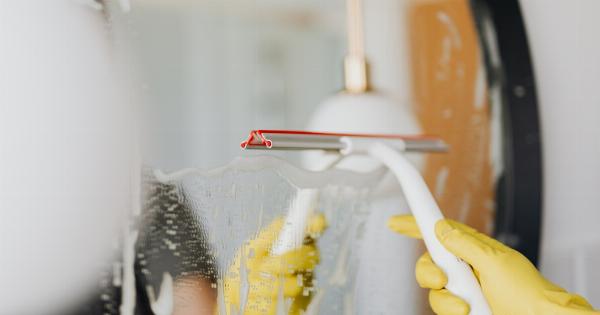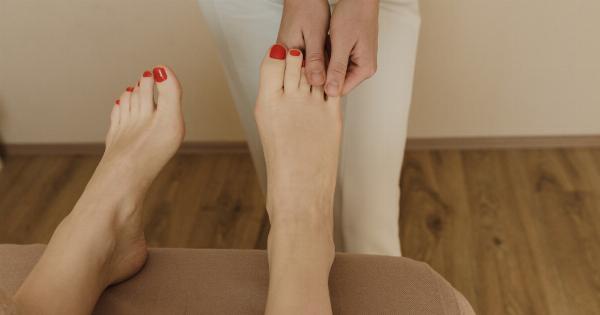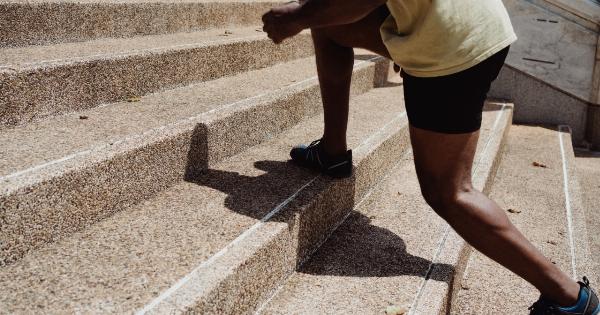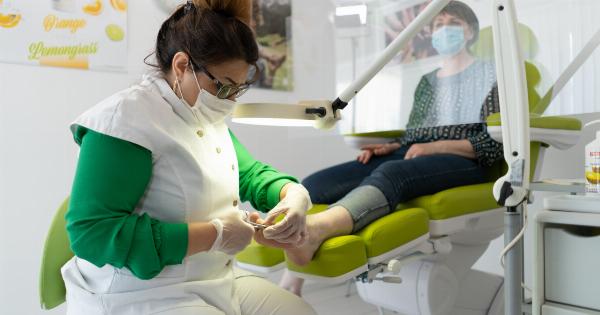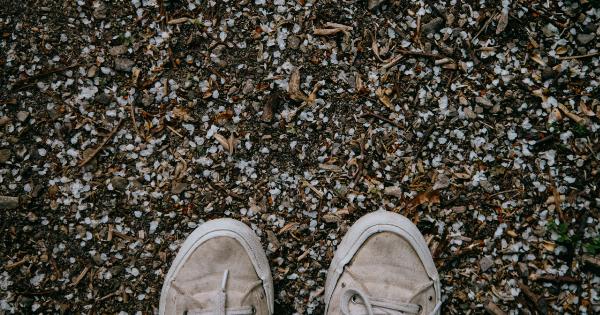Calluses, or thickened and hardened skin patches, can be quite uncomfortable and unsightly. They are often caused by repetitive friction or pressure on the skin, such as from wearing tight shoes or excessive hand use.
While calluses are the body’s natural defense mechanism, they can become problematic if left untreated. Fortunately, there are several effective methods to remove calluses quickly and restore smooth and healthy skin. In this article, we will explore some of the best ways to tackle calluses and provide you with helpful tips and insights.
1. Soak your Feet
Soaking your feet in warm water is a simple yet effective way to soften calluses before removal. Fill a basin or a footbath with warm water and add a handful of Epsom salt or a few drops of essential oil for added benefits.
Soak your feet for around 15-20 minutes, allowing the warm water to penetrate the calluses and soften the hardened skin.
2. Use a Pumice Stone
After soaking, gently rub the calluses with a pumice stone to remove the dead skin. Make sure the pumice stone is wet and use circular motions while scrubbing the affected area. Avoid applying excessive pressure as it may cause skin irritation or injury.
Regular use of a pumice stone, coupled with moisturizing, can gradually reduce the thickness of calluses.
3. Apply Callus-Removing Creams
There are numerous over-the-counter callus-removing creams and lotions available that can expedite the removal process. These products usually contain ingredients like salicylic acid or urea, which help soften and break down the callus.
Follow the instructions on the packaging carefully and apply the cream to the affected area. Regular and consistent use can contribute to the gradual elimination of the callus.
4. Opt for Callus-Removal Patches
Callus-removal patches are adhesive strips that contain medication to dissolve the callus. They are easy to use and can be worn comfortably throughout the day. Before applying a callus patch, ensure that your skin is clean and dry.
Place the patch directly over the callus and leave it on for the recommended duration. The medication in the patch will help soften and break down the callus, making it easier to remove.
5. Consult a Podiatrist
If your calluses are persistent, painful, or you are unsure about self-treatment, it is advisable to consult a podiatrist or foot specialist. They can assess the severity of the callus and recommend the most appropriate treatment option.
In some cases, a podiatrist may recommend orthotic inserts or custom shoes to alleviate pressure on the affected area and prevent future callus formation.
6. Moisturize Daily
Keeping your skin moisturized is crucial for maintaining healthy feet and preventing callus formation. After removing calluses, apply a thick layer of moisturizer or petroleum jelly to keep the skin hydrated.
Look for moisturizers that contain ingredients like shea butter, coconut oil, or urea, as they are known for their excellent moisturizing properties. Regular moisturization will help prevent the formation of new calluses and keep your skin soft and supple.
7. Wear Proper Footwear
Ill-fitting shoes are one of the leading causes of calluses. To prevent calluses from recurring, it is essential to wear properly-fitted footwear.
Ensure that your shoes have enough space to accommodate your toes comfortably and do not rub against any part of your foot. Avoid wearing high heels or shoes made from rigid materials for extended periods, as they can increase the pressure on certain areas of your feet and contribute to callus formation.
8. Regularly Exfoliate
Exfoliating your feet regularly can help prevent the build-up of dead skin cells and reduce the risk of callus formation. Use a gentle foot scrub or exfoliating scrubber to remove any dead skin cells and keep your feet soft and smooth.
Avoid using harsh exfoliants or razors, as they can damage the healthy skin and lead to infections.
9. Try Home Remedies
There are several home remedies known for their callus-removing properties. Some common remedies include applying a paste of baking soda and water, using lemon juice or apple cider vinegar, or even soaking your feet in chamomile tea.
While these remedies may not work for everyone, they can be worth a try and are generally safe to use.
10. Maintain Good Foot Hygiene
Practicing good foot hygiene is essential for overall foot health and preventing callus formation. Wash your feet regularly with mild soap and lukewarm water, ensuring to dry them thoroughly, especially between the toes.
Avoid walking barefoot in public areas to minimize the risk of infections or exposing your feet to harsh surfaces that can lead to callus formation.

